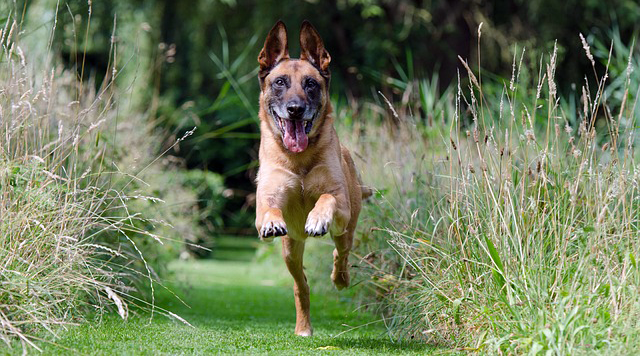
How To Train Your Dog
LifeSong StaffTraining a dog is not just about teaching commands; it's about building a strong bond, fostering good behavior, and ensuring a harmonious relationship between human and canine. Whether you're bringing home a new puppy or working with an older dog, effective training techniques can shape their behavior and enhance their quality of life. In this article, we'll explore the fundamental principles and practical strategies for training your dog, covering everything from basic obedience commands to addressing specific behavioral issues.
Understanding Canine Psychology
Before diving into training methods, it's crucial to understand the psychology of dogs. Dogs are social animals with natural instincts and behaviors shaped by their evolutionary history. They thrive on structure, routine, and positive reinforcement. By tapping into their innate desires to please and seek rewards, you can effectively communicate with your dog and guide their behavior.
Establishing Leadership and Trust
One of the cornerstones of successful dog training is establishing yourself as a leader while building trust and respect with your dog. Leadership doesn't mean dominance or intimidation; rather, it involves consistency, clear communication, and mutual understanding. Set clear boundaries and rules for your dog, enforcing them consistently with patience and firmness.
Positive Reinforcement Techniques
Positive reinforcement is a powerful tool in dog training. Utilizing rewards such as treats, praise, and affection to reinforce desired behaviors. When your dog exhibits the desired behavior, immediately reward them with praise or a treat to reinforce the behavior positively. Consistency and timing are key; reward your dog promptly after they perform the desired behavior to strengthen the association between the behavior and the reward.
Basic Obedience Training
Basic obedience training lays the foundation for good behavior and strengthens the bond between you and your dog. Start with simple commands such as sit, stay, come, lie down, and heel. Use a calm and assertive tone of voice, accompanied by hand signals or gestures to reinforce the verbal commands. Break down each command into small, manageable steps, gradually increasing the difficulty as your dog becomes more proficient.
For example, if you are trying to teach them how to sit, follow these instructions:
- Start with your dog in a standing position.
- Hold a treat close to their nose to capture their attention.
- Slowly move the treat upward and slightly backward, guiding your dog into a sitting position.
- As soon as your dog's bottom touches the ground, praise them enthusiastically and give them the treat.
- Remember to say "sit" just as your dog begins to lower into the seated position. Make sure your timing is correct to avoid confusion.
- Repeat this process multiple times to help your dog become more proficient.
- You can use an "okay" cue to signal that it is the end of the training session to your dog.
- You can practice this in diverse environments, like outside, at a friend's place, in a park, etc. This will help teach the dog, that no matter where you are, he/she needs to listen.
For specific steps on how you can teach your dog to stay, come, down, and heel, read this article.
Socialization Skills
Socialization is essential for shaping your dog's behavior and ensuring they feel comfortable and confident in various situations. Expose your dog to different people, animals, environments, and experiences from an early age, gradually increasing the intensity and complexity of the socialization experiences. Encourage positive interactions and provide reassurance and support to help your dog navigate new experiences successfully.
Addressing Behavioral Issues
Every dog is unique, and some may exhibit behavioral issues that require additional attention and intervention. Whether it's excessive barking, aggression, separation anxiety, or destructive behavior, addressing these issues requires patience, understanding, and consistency.
Identify the underlying cause of the behavior and address it accordingly. Consult with a professional dog trainer or behaviorist for guidance and support in addressing specific behavioral issues. Implement positive reinforcement techniques to redirect undesirable behavior and reinforce alternative, more appropriate behaviors.
Conclusion
Training a dog is a journey filled with challenges, rewards, and moments of joy. By understanding canine psychology, establishing leadership and trust, utilizing positive reinforcement techniques, and addressing specific behavioral issues, you can cultivate a strong bond and shape your dog into a well-behaved and happy companion. Remember to be patient, consistent, and compassionate throughout the training process, celebrating each milestone and cherishing the unique relationship between you and your furry friend.
